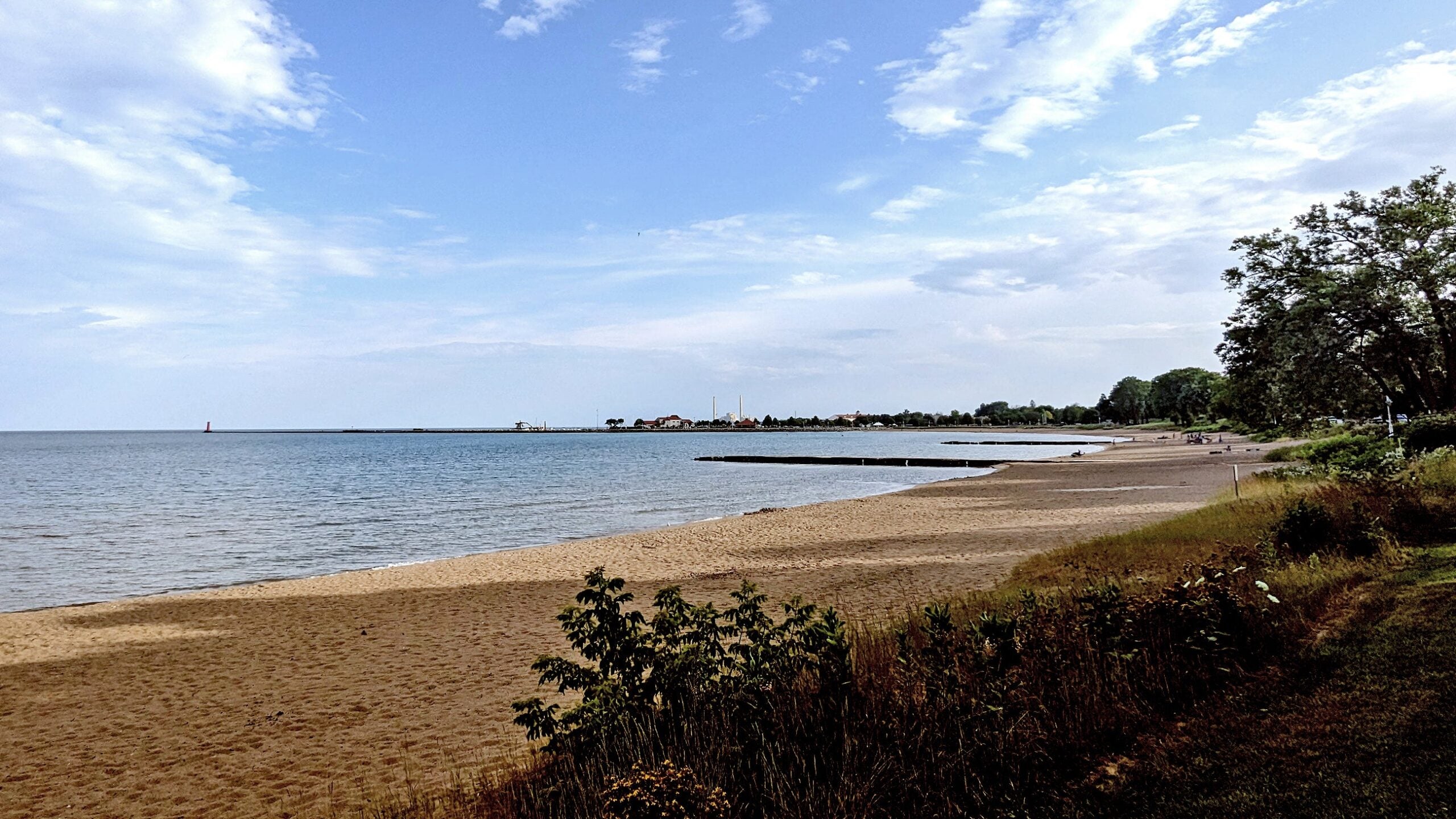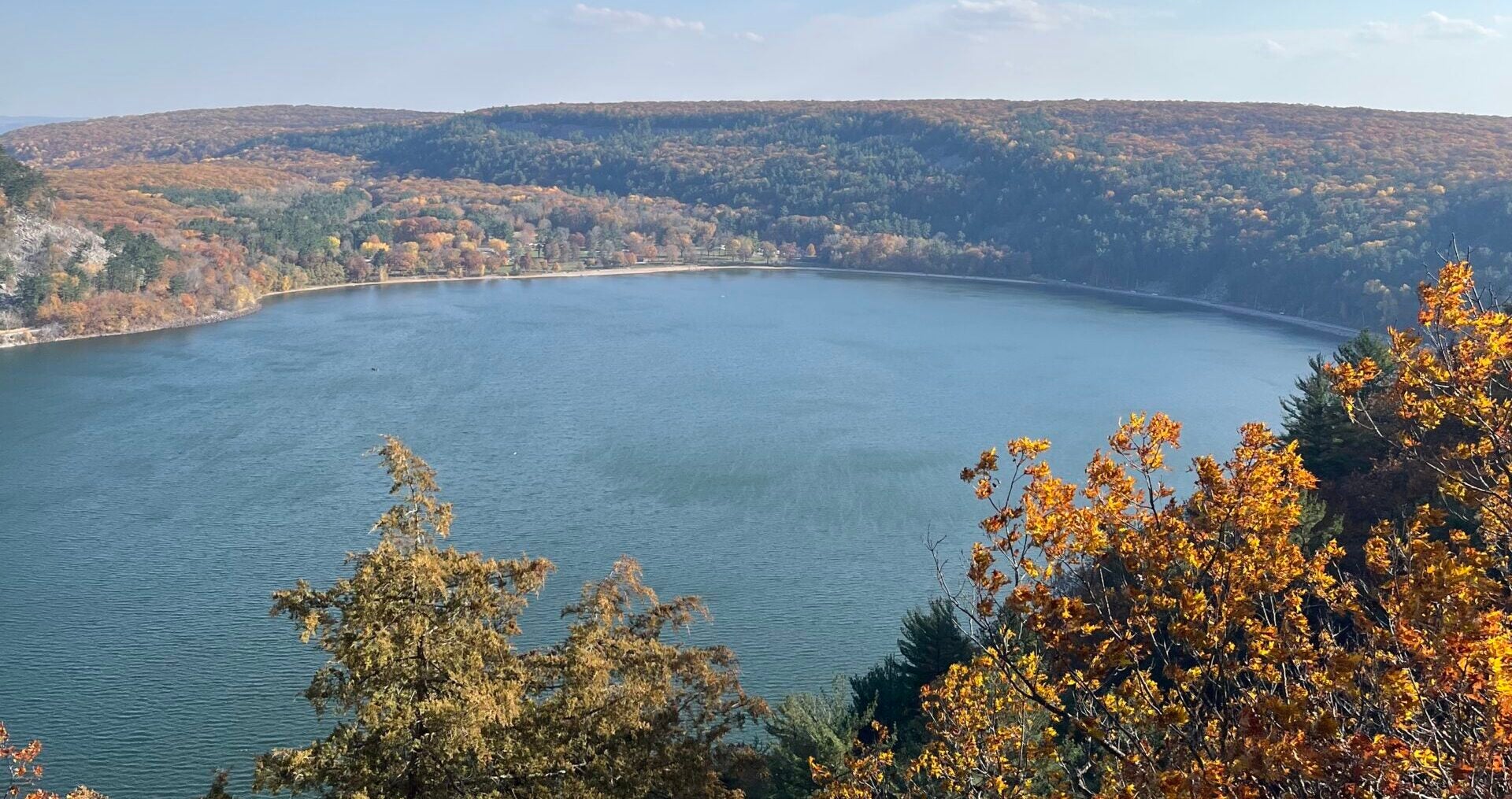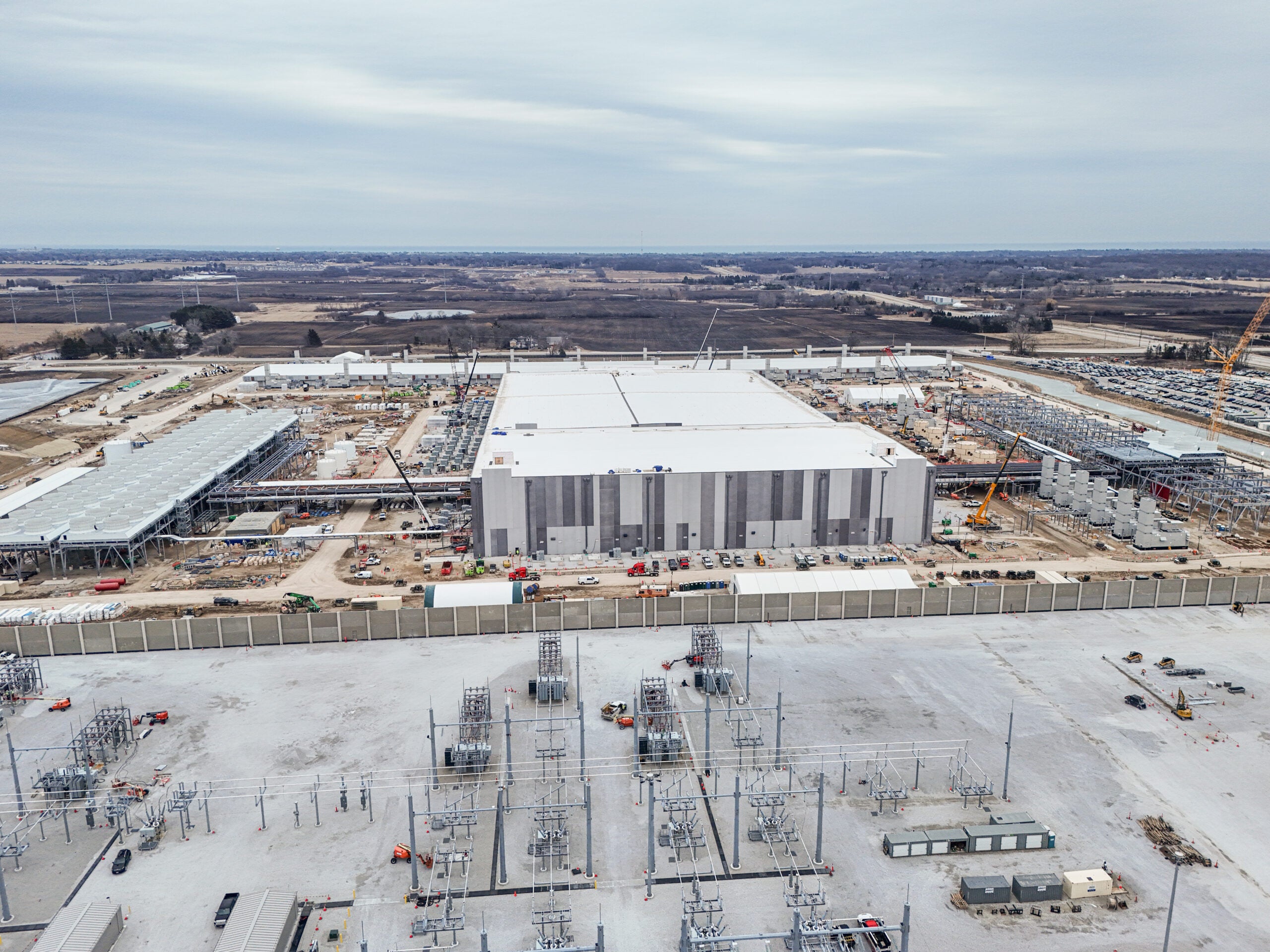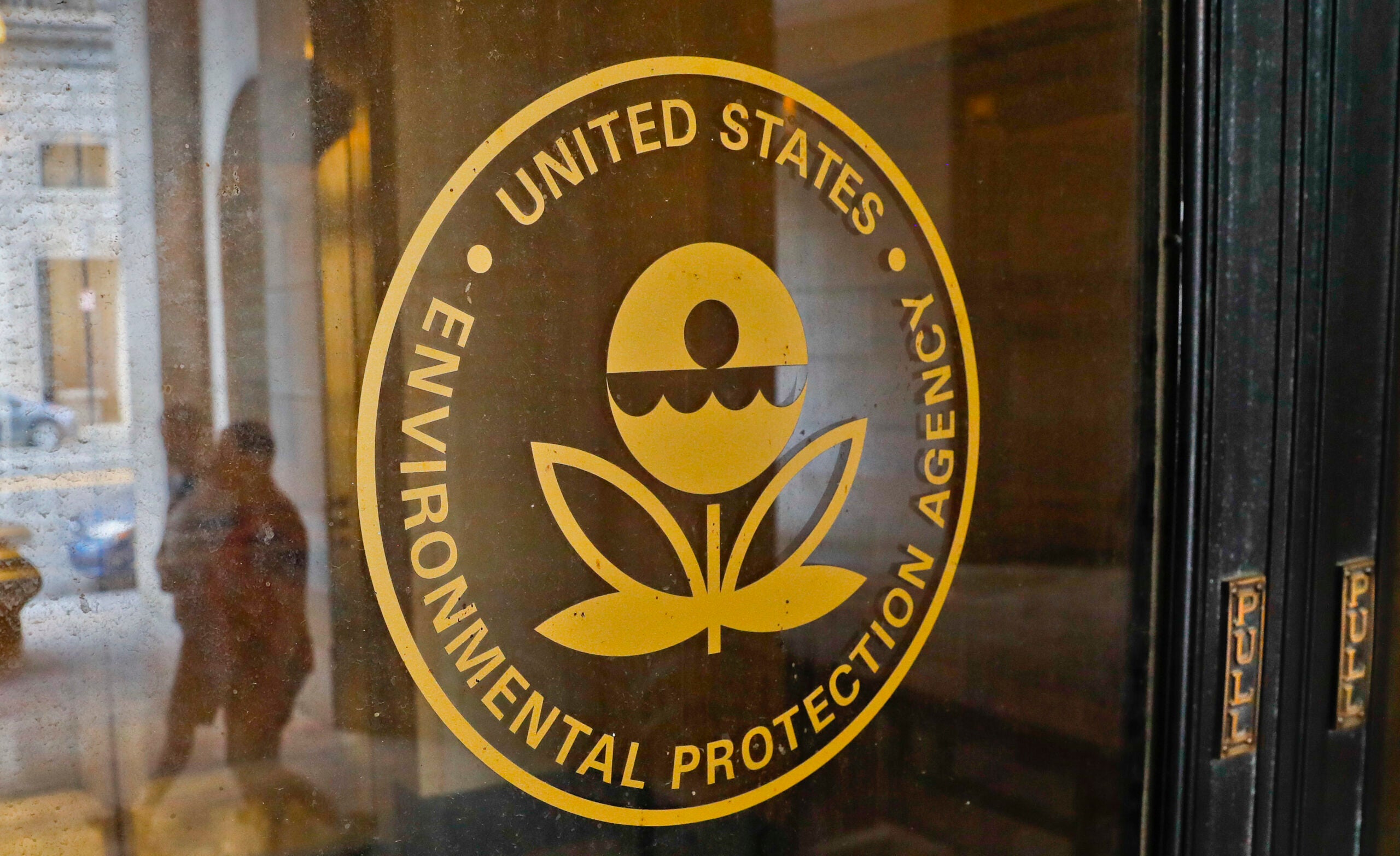More than $1 billion in federal spending to clean up polluted hotspots on the Great Lakes over the last two decades has been tied to increased housing prices in those areas, according to a new University of Michigan study.
Researchers highlight the cleanup of Sheboygan’s waterfront is one of the program’s success stories.
The United States and Canada listed 43 sites on the Great Lakes as “Areas of Concern” in 1987. They’re considered the most environmentally degraded sites on the lakes, including 30 in the U.S. For years, cleanup and restoration progressed slowly without any dedicated funding stream.
News with a little more humanity
WPR’s “Wisconsin Today” newsletter keeps you connected to the state you love without feeling overwhelmed. No paywall. No agenda. No corporate filter.
That began to change with the passage of the Great Lakes Legacy Act in 2002 and the Great Lakes Restoration Initiative in 2010, which helped speed up restoration of polluted areas.
The study by University of Michigan researchers, which was published in the Journal of Public Economics, found the initial listing of sites decreased property values by 15.8 percent or an average of $25,700 per home. After awarding federal money for cleanup, property values went up by an average of $27,000 per home.
“These grants programs and the remediation, restoration projects are an economic success story in addition to the physical and biological success story,” said Michael Moore, the study’s co-author.
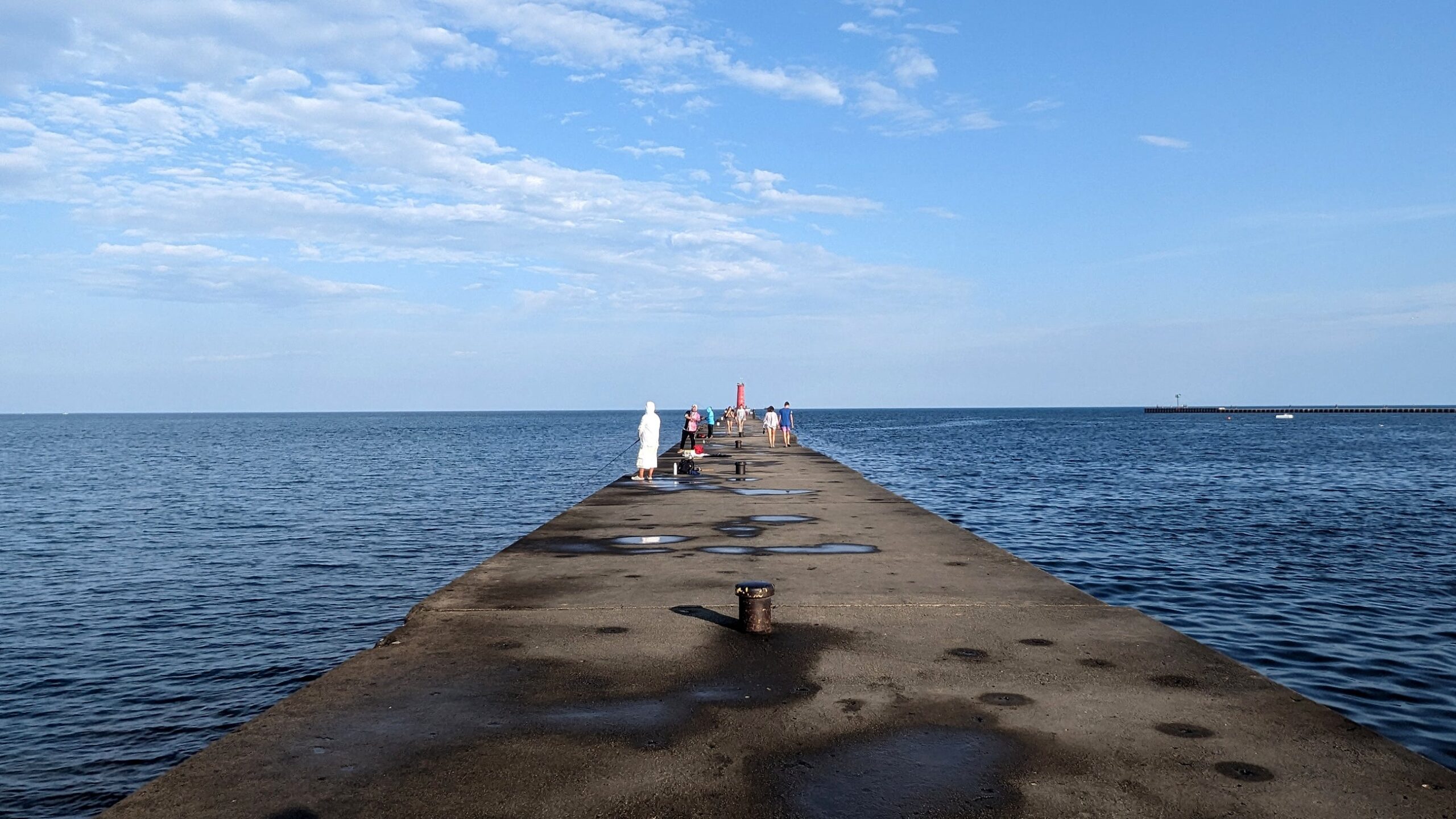
Moore, an environmental economics professor at the university, said they examined grants awarded for restoration and cleanup along with residential property sales in a roughly 12-mile radius around polluted areas. He said they were able to control for other factors to confidently tease out the effects of federal spending on property values. Around $1.23 billion has been spent across more than 1,300 cleanup projects under the two programs through 2020.
The average grant under the two restoration programs was around $1.9 million, according to Moore. He said the average award increased housing prices by about $10,000 and property values by about $27,000.
“Many of the (Areas of Concern)…have really seen the waterfront areas change from industrialized waterfront where people turned their back on the waterfront to where now, after cleanup and restoration, people are reinvesting in the waterfront,” Moore said.
In Wisconsin, Moore pointed to the Sheboygan River Area of Concern as a great example of revitalization of the city’s waterfront. The river had suffered from decades of industrial and wastewater pollution, as well as urban and farm runoff.
Diane McGinnis-Casey, the city’s planning and development director, said cleanup has made significant improvements along the river.
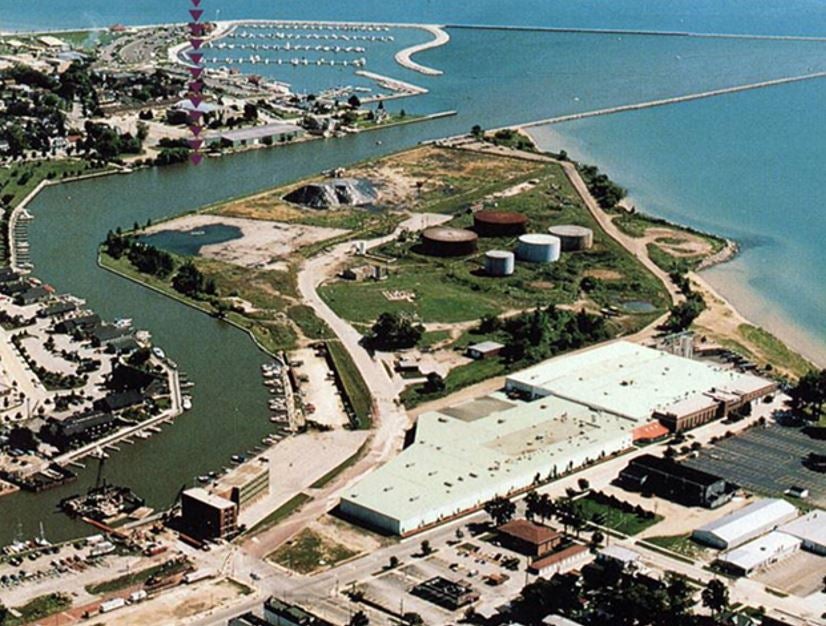
Photo courtesy of city of Sheboygan
She said that includes a 42-acre site that once was home to C. Reiss Coal Company. For more than a century, the property stored coal, petroleum and other products. The city bought the coal yard in 2001, and it completed more than $3 million in cleanup and $12 million in public improvements.
“There is a substantial apartment complex now on that site. There’s the Blue Harbor Resort and condominiums and many commercial opportunities as well,” McGinnis-Casey said. “So the build-out is ongoing of that site. But already we have seen that land maximized from basically… (what) was a liability for our community is now a huge asset.”
A 2018 case study found federally funded removal of toxic sediments and habitat restoration led to hundreds of new housing units along the city’s waterfront, representing a $37 million investment. The study was led by the Great Lakes Commission and Council of Great Lakes Industries. At the time, nearly $42 million from the Great Lakes Restoration Initiative had funded dredging of contaminated sediments and restoration of thousands of acres of wildlife habitat.
Federal funding has accelerated work to clean up polluted sites in Wisconsin, according to Kendra Axness, an Area of Concern policy coordinator for the Wisconsin Department of Natural Resources. Four of five sites originally listed on the lakes are still being restored, including the Sheboygan River.
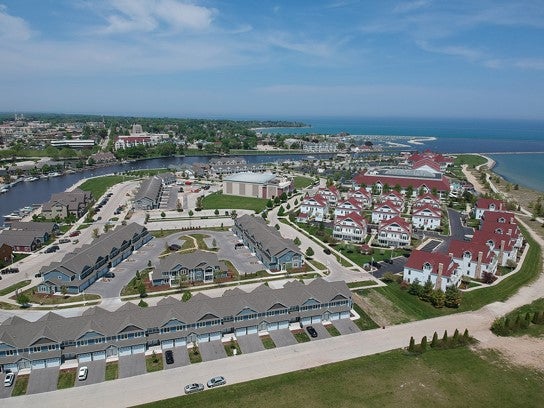
“I think that’s a really good story to tell in terms of a place where they have seen that renewed interest in developing and living in that corridor along the river,” Axness said.
At the same time, Axness said they recognize there may be environmental justice concerns as contaminated sites are restored.
“Lower-income people, communities of color maybe have lived in these areas because they’ve been more affordable, because they’ve been a little degraded,” Axness said. “Now that they’re getting cleaned up, we’re starting to think more about how do we put policies in place or approach these restoration activities in such a way that we can support those community members in staying where they are so that they don’t get displaced.”
Last year, President Joe Biden announced a $1 billion boost to the Great Lakes Restoration Initiative to accelerate cleanup at polluted sites. Federal regulators aim to wrap up work on all but three of 25 remaining hotspots in the U.S. by 2030. Axness said the agency is working hard with partners to achieve that goal.
Wisconsin Public Radio, © Copyright 2026, Board of Regents of the University of Wisconsin System and Wisconsin Educational Communications Board.
